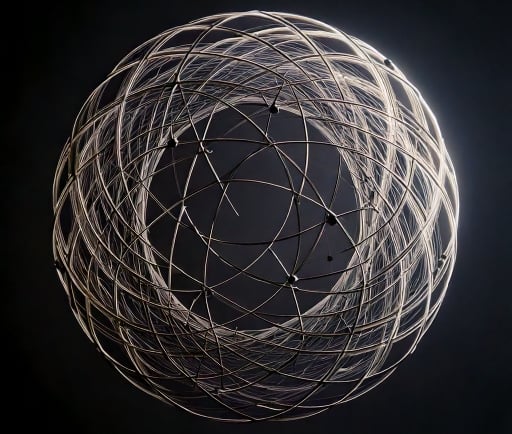Orbital Transfers: The Eccentricity Vector and Elliptical Orbits


Introduction to Orbital Transfers
Orbital transfers are fundamental maneuvers in astrodynamics that allow spacecraft to change their orbits. These transfers are essential for missions that require spacecraft to move between differing orbital paths, specifically from one elliptical orbit to another. Understanding the parameters that define an orbit, particularly the eccentricity vector and its implications, is vital in the field of orbital mechanics.
The Shape of an Orbit
An orbit’s shape is primarily determined by its eccentricity, which measures the deviation of the orbit from a perfect circle. The eccentricity vector plays an instrumental role in defining this aspect. This vector describes not only the shape of the orbit but also its orientation and direction across the gravitational field. A circular orbit has an eccentricity of zero, while elliptical orbits range between zero and one. As the eccentricity increases towards one, the shape becomes more elongated.
Exploring the Eccentricity Vector
The eccentricity vector is a vital concept in understanding an orbit's dynamics. It points from the central body to the pericenter of the orbit, a point known as the closest approach in an elliptical path. By analyzing the eccentricity vector, one can deduce critical orbital parameters such as the size, shape, and orientation of the orbit. For instance, in practical applications such as satellite deployment, knowing the eccentricity helps engineers and scientists optimize trajectories to meet mission objectives effectively.
The interactions between different orbital paths involve detailed calculations of the eccentricity vector during an orbital transfer. A common method for executing these transfers is the Hohmann transfer, which uses two engine impulses to change the spacecraft's velocity at specific points, facilitating the transition between elliptical orbits of varying eccentricities.
Conclusion
In summary, orbital transfers represent a complex interplay of physics and engineering, relying heavily on the understanding of orbital shapes as defined by the eccentricity vector. Through meticulous calculation and planning, spacecraft can efficiently maneuver within space, achieving their desired trajectories and fulfilling their mission objectives. As our exploration of space expands, so too does our understanding of these critical components in orbital mechanics.
